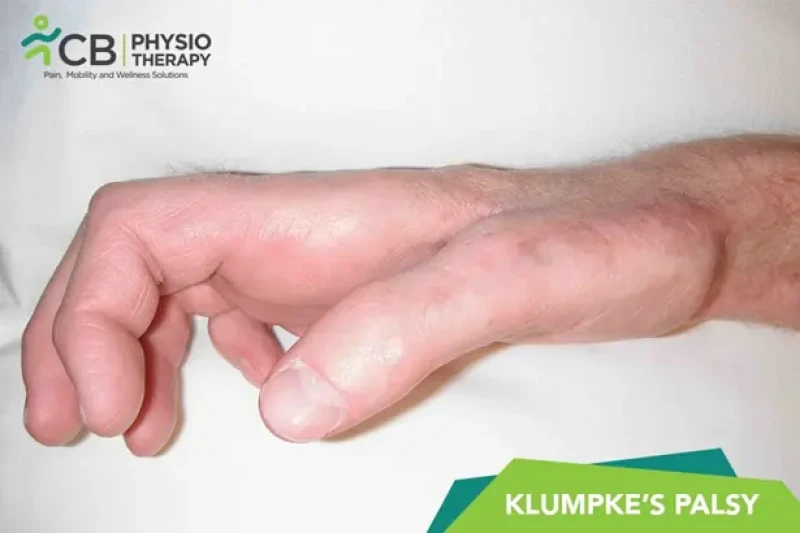Thermotherapy/ cryotherapy: Heat and cold therapy help manage pain and inflammation.
Transcutaneous Electrical Nerve Stimulation (TENS):Tens is used for pain relief. It delivers low-voltage electrical currents through the skin to stimulate nerves and reduce pain signals to the brain.
Neuromuscular Electrical Stimulation (NMES):a) NMES is used to stimulate muscle contractions and improve muscle strength and function.
b) It delivers electrical impulses to motor nerves, causing muscles to contract. The electrodes are placed on the skin over the targeted muscles to facilitate contractions and promote muscle re-education.
Functional Electrical Stimulation (FES):a) FES helps enhance functional movement by stimulating muscles during specific activities.
b) Mechanism: It delivers electrical impulses in a coordinated pattern to support voluntary movement and functional tasks. It is often used during activities like walking, grasping, or reaching to improve functional use of the affected limb.
Interferential Current Therapy (IFC):IFT helps in pain relief and reduction of inflammation. It uses medium-frequency electrical currents that intersect below the skin to provide deeper tissue stimulation. The electrodes are positioned around the area of pain, with the currents intersecting at the target tissue.
Microcurrent Therapy:Microcurrent therapy helps promote healing and reduce pain. It uses very low-level electrical currents to stimulate cellular repair and reduce inflammation. The electrodes are placed on the skin over the affected area.
Iontophoresis:Iontophoresis helps deliver medication through the skin using electrical currents. It uses a small electric current to drive charged medication molecules through the skin to the underlying tissue. It helps for localized drug delivery, often to reduce inflammation or pain.
Galvanic Stimulation:Galvanic stimulation helps promote blood flow and healing. It uses direct current to stimulate tissues and increase blood flow to the area. The electrodes are placed on the skin over the affected area.
Range of Motion Exercises:a) Passive Range of Motion (PROM):These exercises are performed with the help of the therapist to maintain joint flexibility and prevent stiffness when the patient cannot move the limb actively.
b) Active-Assisted Range of Motion (AAROM): The patient attempts to move the affected limb with the help of the therapist or using the unaffected limb.
c) Active Range of Motion (AROM): The patient moves the limb independently to improve joint mobility and muscle strength.
Strengthening Exercises:a) Isometric Exercises: These involve contracting the muscles without moving the joint, which helps to maintain muscle strength without putting strain on the injured nerves.
b) Resistance Training: Gradually incorporate resistance bands or light weights to strengthen the muscles of the forearm and hand as nerve function improves.
Stretching Exercises:a) Gentle Stretching: To maintain flexibility in the muscles and tendons and to prevent contractures.
b) Specific Stretches: Targeted at the muscles of the forearm and hand to maintain a full range of motion in the joints.
Functional Training:a) Task-Oriented Exercises: Focused on improving the ability to perform daily activities, such as grasping, holding, and manipulating objects.
b) Fine Motor Skills: Exercises to improve dexterity and coordination in the fingers and hands.
Sensory Re-education:a) Desensitization Techniques: Using different textures and temperatures to help the nerves adapt to sensory input and reduce hypersensitivity.
b) Tactile Stimulation: Activities that stimulate sensory feedback to improve sensation in the affected areas.
Splinting and Orthotics:Splints: To support the wrist and hand in a functional position, prevent deformities, and improve alignment.
Dynamic Splints: Allowing for some movement while providing support to weak muscles.
Manual Therapy: Including gentle massage and mobilization techniques to reduce pain and improve circulation.
